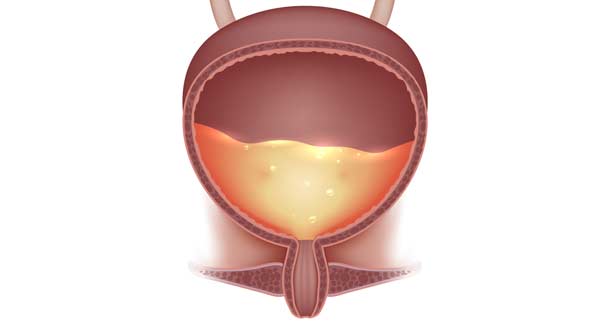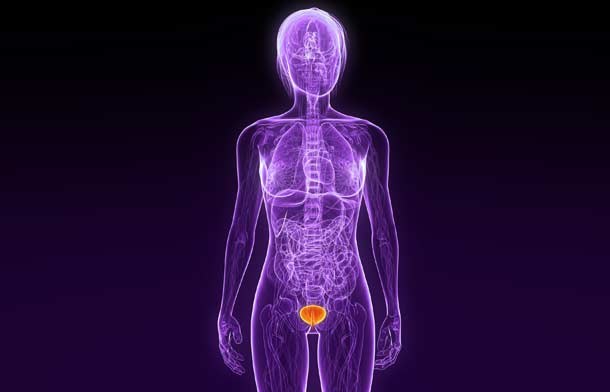
A bladder instillation is sometimes referred as a bladder bath or wash.
Patients living with a chronic bladder inflammation condition known as interstitial cystitis (IC) may experience recurring discomfort that ranges from mild to severe. In addition to frequent urination and a recurring urge to go, IC sometimes results in general pain in the pelvic area that can affect quality of life.
- There is no cure for IC.
- However, there are certain treatments that may minimize discomfort. One such treatment is regular bladder instillations.
What Are Bladder Instillations?
A bladder instillation is a treatment that involves filling the bladder with a solution, leaving it place for a short period of time, and then draining the solution with a catheter. Other than IC, bladder instillations may be recommended for patients with:
- Sediment accumulation in urine
- Blocked catheters
- Recurring urinary tract infections
- Limited bladder capacity causing frequent urination


What Types of Solutions May Be Used?
Dimethyl sulfoxide (DMSO) is the only solution specifically approved by the FDA for bladder instillation treatment. It’s not known exactly how DMSO works. However, it may effectively ease bladder discomfort, relax pelvic and bladder muscles, and improve bladder capacity. Some urologists add other medications to DMSO solutions to improve the way the solution works within the bladder.
Some patients having regular DMSO instillation benefit from the use of another compound called Heparin. It may help repair damage to the mucus lining of the bladder that’s sometimes caused by IC. There’s also research suggesting Heparin may reduce IC relapse rates.
How Is a Bladder Instillation Done?
When a bladder instillation treatment is done, the DMSO solution is pre-measured. A catheter is inserted into the tube that leads to the bladder from the outside of the body (the urethra). The solution is usually left in place for about 15 minutes before being released in the reverse direction through the catheter. As for frequency, treatments are typically given every few weeks. A urologist can recommend a more specific schedule based on results following each bladder wash.
What Happens After Treatments
While each patient responds differently to bladder instillations, improvements are often seen within three to four weeks after treatment begins. Treatments performed as outpatient in-office procedures are usually done in cycles lasting six to eight weeks. If the bladder baths are helping to relieve symptoms, the cycle may be repeated.
A urologist might perform visual inspections of the bladder between treatments to look for signs of other problems with the urinary system. Since regular catheter use sometimes increases the risk of urinary tract infections, patients may also be checked for signs of UTIs.
IC sufferers may notice more consistent relief if bladder instillations are combined with lifestyle adjustments. With diet, this means avoiding excessively spicy and acidic foods that tend to irritate the bladder. Since IC may also be aggravated by physical and mental stress, relaxation techniques and gentle exercises like yoga may be beneficial. A urologist might also suggest TENS and other forms of electrical stimulation and bladder training exercises.



